Paint Your Protagonist With a Realistic Brush
Good action scenes—car chases, gunfights, and exploding cars and buildings—are great at keeping readers busy turning pages. But, how does your hero survive the barrage of bullets, flames, and KABOOMS? Are you giving the star of your book a realistic way out of all the tough jams you’ve tossed their way? Is what you’ve written a true tactical maneuver, or, did you write your hero into a tired old cliche’ corner? 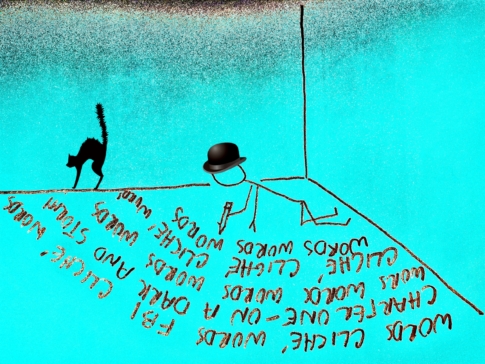 You know what I mean—the karate chop to the wrist which forces the bad guy to drop his weapon. How about this doozy … shooting the gun out of the villain’s hand. I know, it’s goofy and unrealistic. So yeah, those things, the things that are not only far-fetched, they’re downright silly.
You know what I mean—the karate chop to the wrist which forces the bad guy to drop his weapon. How about this doozy … shooting the gun out of the villain’s hand. I know, it’s goofy and unrealistic. So yeah, those things, the things that are not only far-fetched, they’re downright silly.
As writers of fiction it is your job and sworn duty to deliver believable make-believe, and having your character(s) shoot the gun out of someone’s hand is far from achieving that goal.
So, you ask, how do real-life heroes avoid meeting untimely ends when confronted with deadly situations?
Well, for starters, they should …
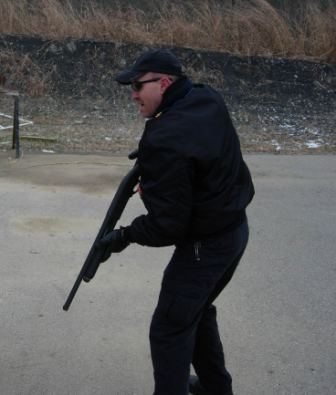 When confronting a suspect who’s armed with a long-gun (shotguns and rifles are long guns) it’s best to have the hero approach from the side.
When confronting a suspect who’s armed with a long-gun (shotguns and rifles are long guns) it’s best to have the hero approach from the side.
By doing so, your protagonist forces the crook to turn his entire body toward the approaching hero in order to continue the threat/potential shootout.
Otherwise, the thug has no option other than to flee or surrender. The tactic provides the hero with enough time to properly react to the threat.
- If possible, place your hero in a good light. By that, I mean to make use of bright lights, such as a setting sun or bright early morning sunlight. The bright light should be at the hero’s back, but with the hero concealed/using cover. The use of this tactic makes it extremely difficult for the bad guy to see. Yet, the hero will be able to clearly see the bad guy and his movements.
- It’s okay to have your hero experience a bit of fear because fear heightens our sense of awareness, which in turn increases the likelihood that we’ll do whatever is necessary to survive. However, fear can have a negative effect if allowed to overtake the situation. In short, a little fear is good, but too much fear combined with gunfire is the recipe for a badge-wearing babbling idiot.
- If possible, have your protagonist take a moment to focus on breathing. Yes, breathing properly during a tense situation can help bring things into perspective. It can also help lower the heart rate, and it can prevent fear from morphing into blind rage (sudden bursts of anger could turn into a deadly mistake. Not thinking clearly could result into foolishly rushing into a no-win situation.
Taking a moment to focus on “combat breathing.” Breathe in slowly for a count of four, hold your breath for another count of four, and then exhale to a third four-count. Count to four and then start all over again. The heart rate should be noticeably lower after a few repetitions. Of course, I don’t recommend taking the time to perform these deep-breathing exercises during a gunfight with bullets zinging by your ears. It’s been my personal experience that “timeouts” are not allowed during gun battles.
Okay, there you have it. No more silly karate-chop scenes or shooting guns from bad guy’s hands, right? Good. Then you’re all set.
But, you know, I can’t recall ever seeing an extremely scared, deep-breathing Jack Reacher standing with bright sunlight to his back while walking sideways like crab toward a guy holding an AK-47.
I suppose an occasional fist to the throat, or a boot to the head is permissible, but only if you’re the hero in a Lee Child book. The trouble is … there’s only one Jack Reacher, and there’s definitely only one Lee Child.
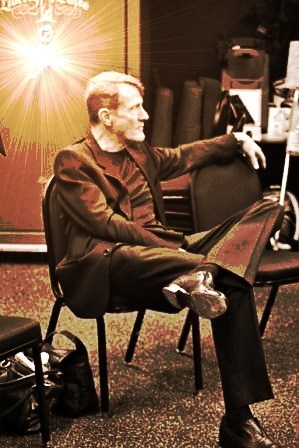
Lee Child – Writers’ Police Academy

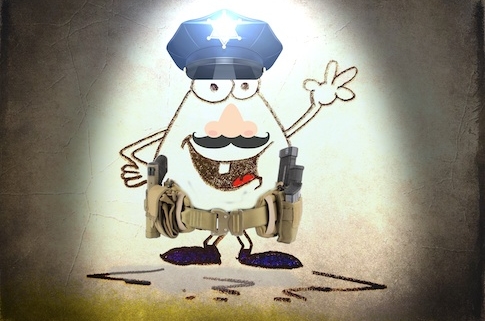
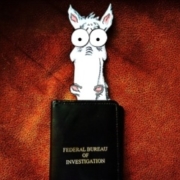
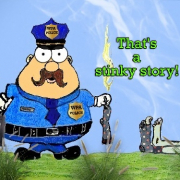
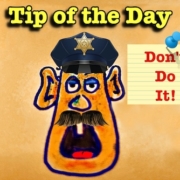



Thanks, Lee! I write cozies, so the long guns are minimal and the silliness is at a max, but I still appreciate the tips. Crazy Karate Chops need to stay with Captain Kirk. He’s the only one allowed to knock someone out with one blow to the neck.